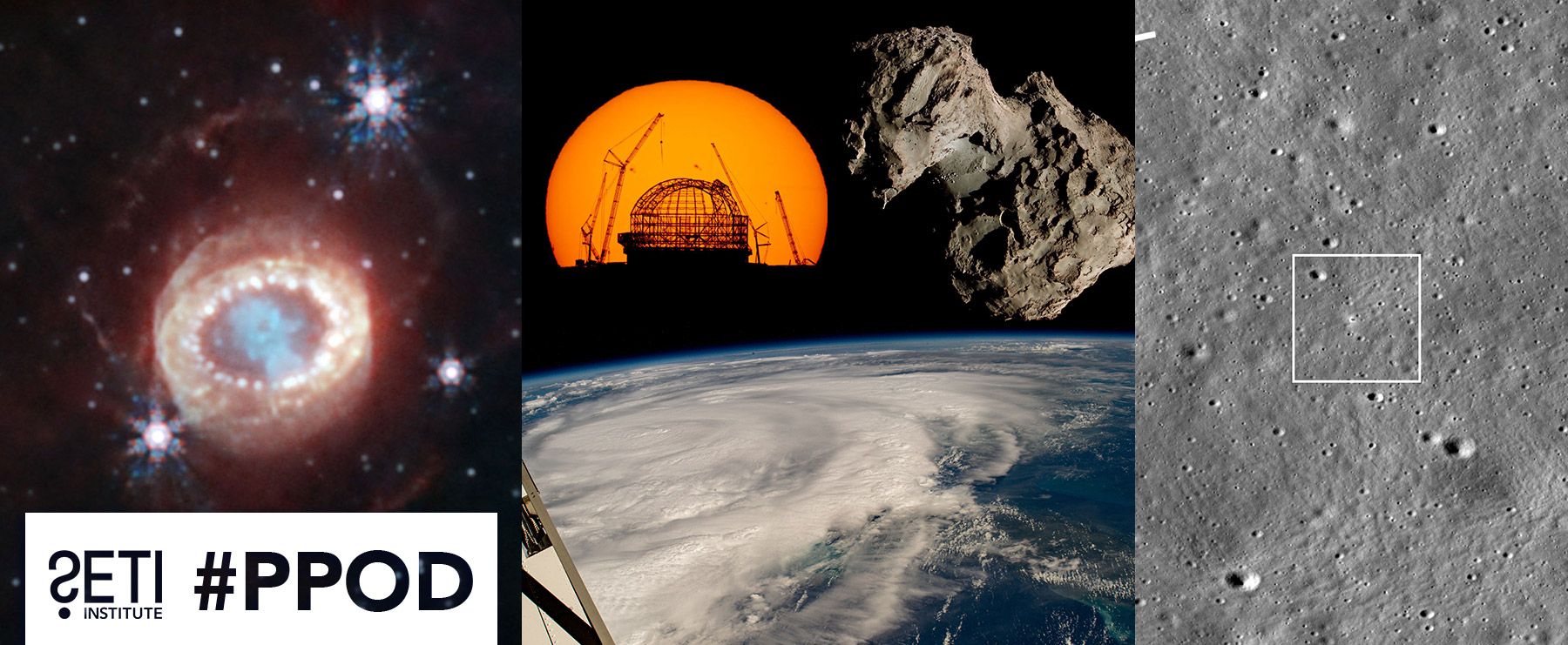
Planetary Picture of the Day
Week of September 4, 2023
A hurricane in the Gulf of Mexico, a lunar spacecraft's landing site, and a cosmic jellyfish.
Monday, September 4, 2023
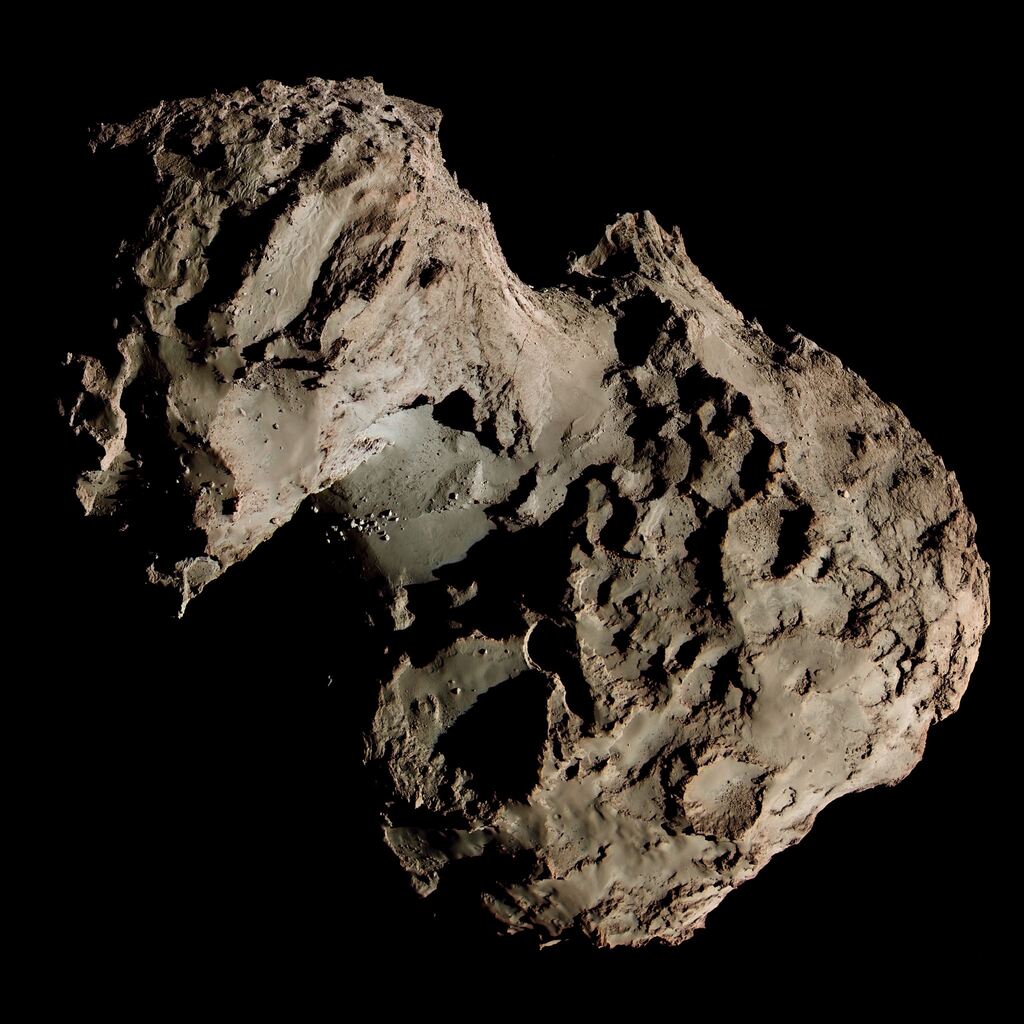
Comet 67P/Churyumov–Gerasimenko
This photo is an approximate true color image of comet 67P taken by the Rosetta spacecraft's OSIRIS Narrow Angle Camera on March 17, 2015. This image is a four-frame mosaic, with each color frame imaged through VIS_BLUE, VIS_GREEN, and VIS_RED filters. At the time this image was taken, Rosetta was located roughly 82 km from the comet's center.
Tuesday, September 5, 2023
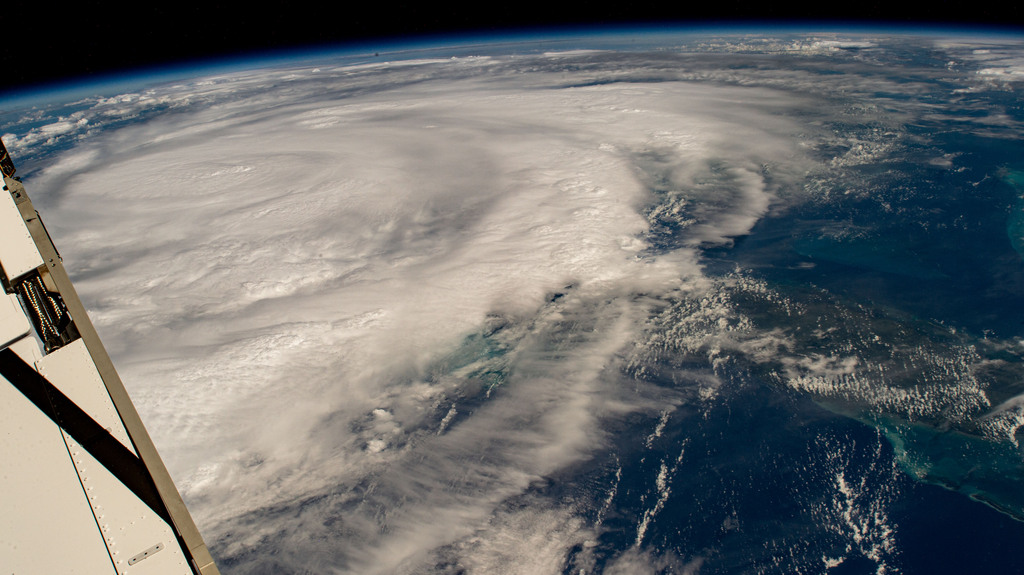
Hurricane Idalia in the Gulf of Mexico
As the International Space Station orbited 420 kilometers above Earth on Aug. 29, 2023, one of the space station’s external high-definition cameras captured Hurricane Idalia in the Gulf of Mexico. Hurricane Idalia made landfall over the Big Bend region of Florida on the morning of Aug. 30, 2023, as a category 3 storm. Winds measured 205 kilometers per hour as the storm reached land.
Wednesday, September 6, 2023
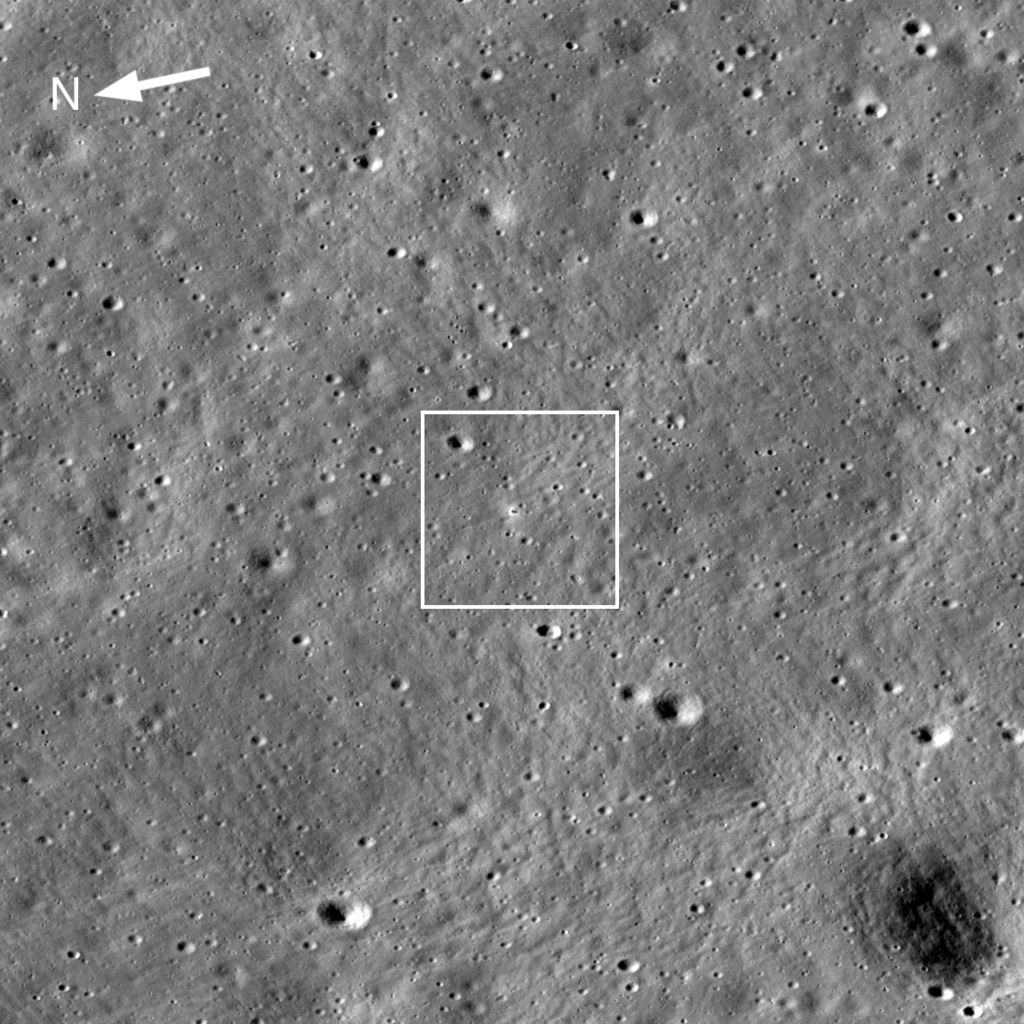
Chandrayaan-3 Landing Site
NASA’s LRO – the Lunar Reconnaissance Orbiter – spacecraft imaged the Chandrayaan-3 landing site on the Moon’s surface.
The ISRO (Indian Space Research Organization) Chandrayaan-3 touched down on the Moon on Aug. 23, 2023. The Chandrayaan-3 landing site is located about 600 kilometers from the Moon’s South Pole.
The LROC (short for LRO Camera) acquired an oblique view (42-degree slew angle) of the lander four days later. The bright halo around the vehicle resulted from the rocket plume interacting with the fine-grained regolith (soil).
Thursday, September 7, 2023
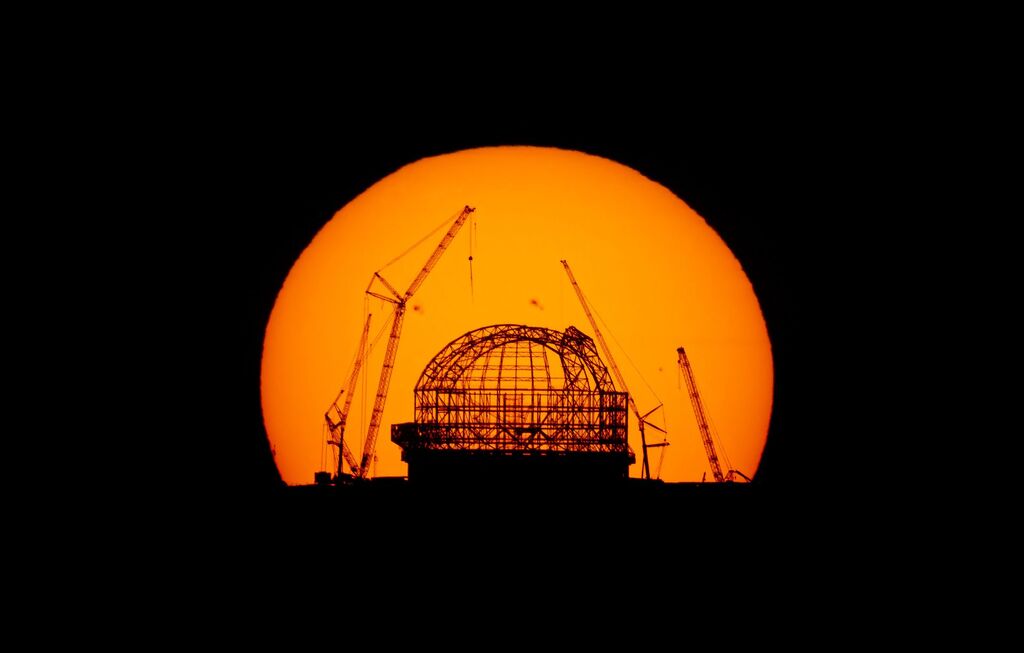
Acknowledgment: N. Dubost
Golden Halo Around the ELT
It might look like the opening scene from The Lion King, but this stunning picture was actually taken in the Chilean Atacama Desert rather than the African savannas. Taking center stage is ESO’s Extremely Large Telescope (ELT), or part of it, at least.
The ELT’s steel dome is about 80 metres tall and one day it will play host to the world’s biggest eye on the sky. When finished, the dome will weigh some 6100 tonnes and be capable of rotating 360 degrees on a set of 36 stationary trolleys.
This spectacular photograph of the sunrise over Cerro Armazones, the ELT’s perch, was shot on 29 August from around 23 kilometers away on top of another famous mountain: Cerro Paranal, home to the ELT’s older sibling, ESO’s Very Large Telescope, or VLT. You could say the stars were aligned for this image: since the position of the sunrise changes throughout the year as the Earth moves around the Sun, there’s only a narrow window of time when the sunrise frames the ELT if observed from Paranal.
What’s more, if you look carefully, you can just about make out two sunspots on the Sun’s surface. These dark, cooler regions are formed by intense magnetic fields. While they may look small from this distance, in reality, they’re the size of planets.
Friday, September 8, 2023
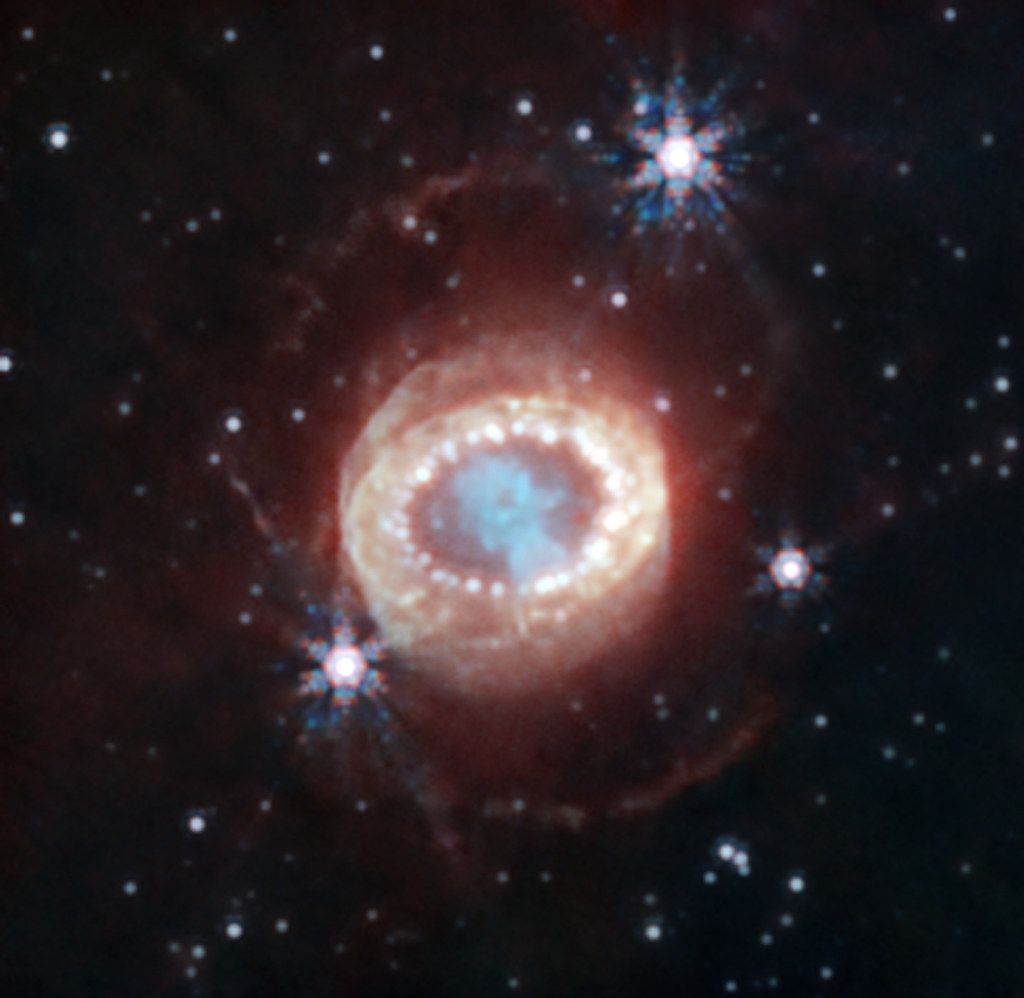
A Cosmic Jellyfish
This is one of the most famous supernovas, SN 1987A. These remains of an exploded star have been well-studied since their discovery in 1987.
JWST's sensitivity and resolution have given us the most clear and detailed look yet, revealing a new feature: small crescent-like structures thought to be a part of the outer layers of gas shot out from the supernova explosion.





